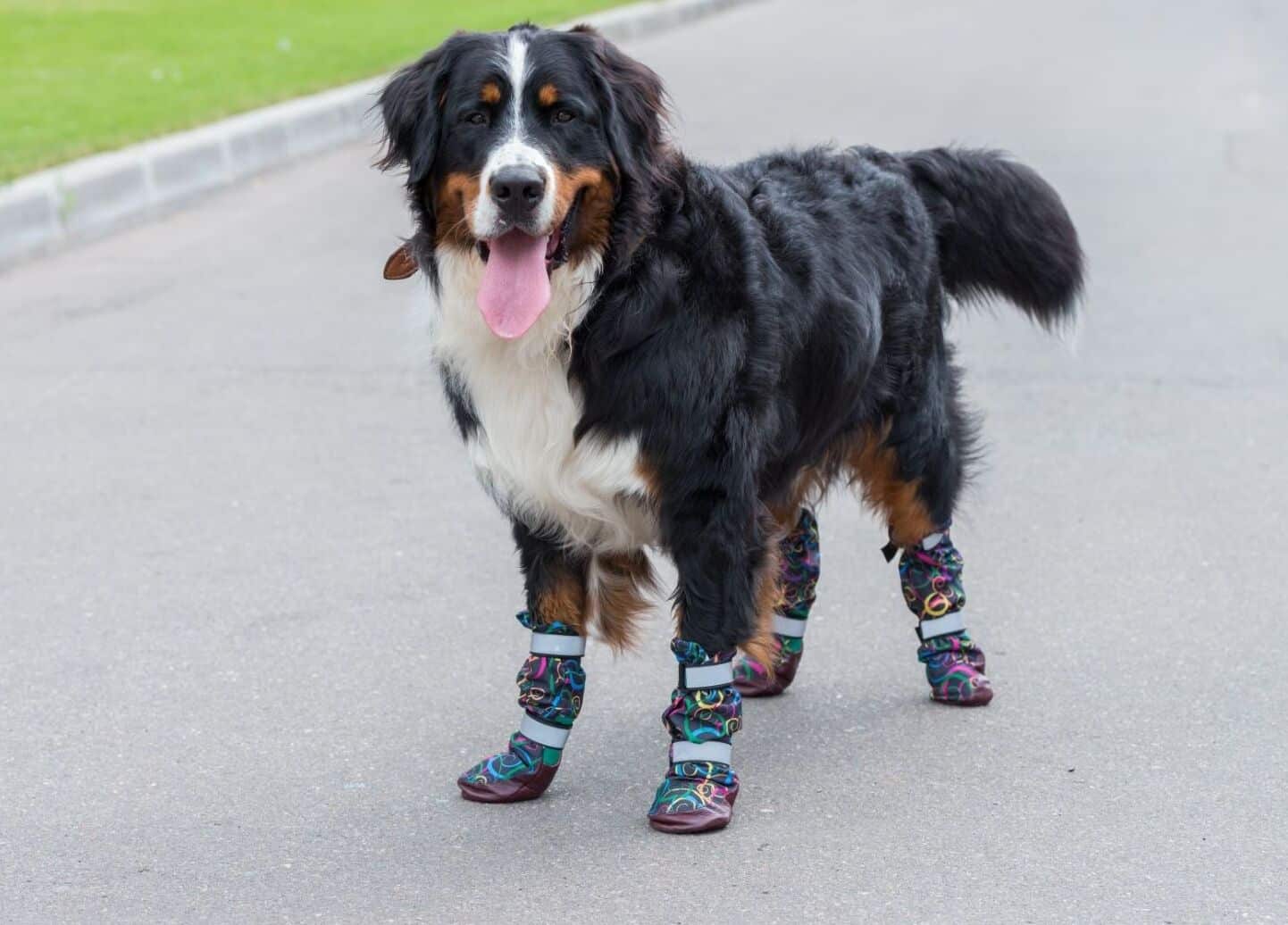Dogs are our best friends and allies in life. Not only are they great life companions and give us love and affection, but they also provide aid and guidance to people with disabilities. A service dog can make a real difference in our everyday lives.
First of all, it’s important to state the difference between service dogs and therapy dogs. A service dog is meant to help perform tasks and guide people with disabilities. On the contrary, a therapy dog is meant to provide affection and support to people in hospitals, nursing, and retirement homes, mental facilities, and disaster areas.
According to ADA (Americans with Disabilities Act), a service animal is “a dog that has been individually trained to do work or perform tasks for an individual with a disability.”
Does my dog need a certification?
Service dog certification is not mandatory in the U.S., but it’s advised. In order to turn your dog into a service dog, there are some steps you should follow.
Check if your dog is eligible for this task: All dogs are intelligent, however, not all dogs are trainable. Service dogs must be trainable, intelligent, and friendly. Even though a lot of dogs can turn into service animals, due to their character and abilities, there are some breeds more prone to do it. Labrador and Golden Retrievers, German Shepherd, Border Collie, Bernese Mountain Dog, and Bloodhound.
Hire a trainer: You will need help to train your dog, so hiring a specialist is a must. The U.S. doesn’t have a minimum of training hours to become a service dog. However, most specialists recommend at least 120 hours in no longer than 6 months.
Pass a public access test: Your dog should be able to behave correctly in public. This test is crucial, since they will often be in public places surrounded by other dogs and people, and they need to be able to hold it together. They need to avoid aggressive behaviors toward others, sniffing, or excessive barking. Besides, they must be able to tolerate different levels of sound.
Decide if you want to identify your service dog: Even though some handlers may find it useful and practical to carry an ID, wear a special vest or a sign that indicates their dogs are service animals, they are legally not required to do it. Besides, they don’t need to have a special leash or carry any ID to prove they are service animals.
It’s very important to know that one should NEVER pet a service animal. Remember service dogs are on duty. Even though these animals are highly trained and focused, any external unexpected stimulation can distract them and prevent them from completing their task.
Service dogs provide guidance for people with different disabilities. Some of them can be:
- Hearing dogs for the deaf
- Guiding dogs for the blind
- Assistance dogs for people with mobility problems
- Mental health service dogs
- Service dogs for autism
- Seizure response dogs
- Assistance dogs for people with diabetes
Service animals can enter with their owners to public places such as restaurants, hospitals, hotels, airplanes, and the list goes on. Therapy dogs and emotional support dogs are not considered service animals hence, they don’t have the same privileges that service dogs. They can’t enter all these places or access public facilities since they don’t have legal rights to do it.


















